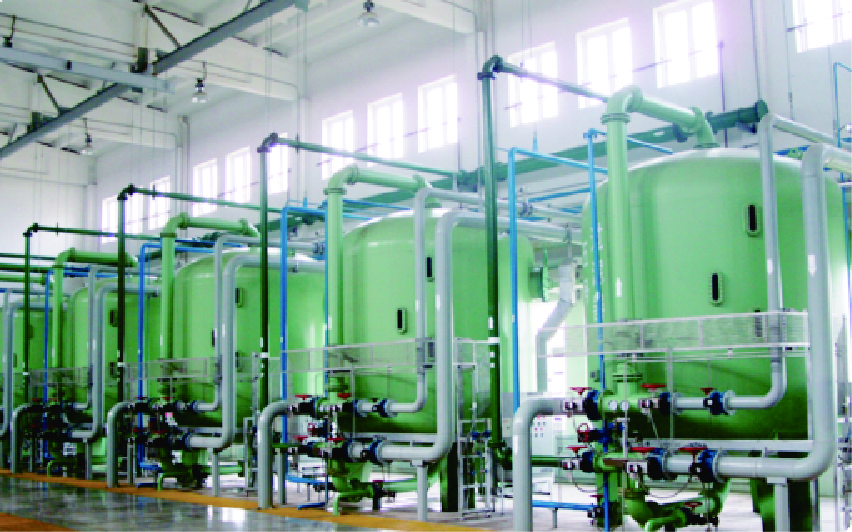
News
dec . 10, 2024 14:37 Back to list
organic chelated calcium fertilizer factory
Understanding Organic Chelated Calcium Fertilizers Importance and Manufacturing Process
In the realm of sustainable agriculture, the significance of high-quality fertilizers cannot be overstated. Among the various fertilizers available, organic chelated calcium fertilizers have garnered considerable attention due to their numerous benefits for plant health and soil quality. This article explores the intricacies of organic chelated calcium fertilizer, focusing on its importance and the manufacturing process.
What is Organic Chelated Calcium Fertilizer?
Organic chelated calcium fertilizers are nutrient-rich products designed to supply calcium to plants in a form that is readily absorbable. Chelation refers to the process of binding minerals to organic compounds, which enhances nutrient availability. This process mitigates issues often associated with traditional fertilizers, such as nutrient lock-up in the soil or reduced plant uptake. As a result, chelated calcium fertilizers offer a more efficient means of enhancing soil fertility and promoting healthy plant growth.
Importance of Calcium in Agriculture
Calcium is an essential nutrient for plants, playing a crucial role in various physiological processes. It is a vital component of cell walls, providing structural integrity and stability. Calcium also aids in the regulation of other nutrients within the plant, influencing enzymatic activity and overall metabolic processes. A deficiency in calcium can lead to numerous plant disorders, including blossom end rot in tomatoes and tip burn in lettuce. Thus, maintaining optimal calcium levels is essential for promoting robust crop development and ensuring high yields.
Benefits of Organic Chelated Calcium Fertilizers
1. Improved Nutrient Availability The chelation process significantly enhances the solubility and uptake of calcium by plants. This is particularly important in soils with high pH levels, where calcium may become less available to plants.
2. Enhanced Soil Structure Organic materials in chelated fertilizers can improve soil structure, promoting better aeration and water retention. This fosters a healthier root environment, allowing plants to access more nutrients and reducing water runoff.
3. Reduced Environmental Impact Organic chelated calcium fertilizers tend to have lower environmental footprints compared to synthetic alternatives. They can minimize nutrient leaching, which is often a concern with chemical fertilizers. Furthermore, their application usually aligns with organic farming principles, supporting biodiversity and ecosystem health.
organic chelated calcium fertilizer factory

4. Increased Disease Resistance By improving overall plant health and vigor, organic chelated calcium fertilizers can enhance plants' resistance to diseases and pests. Healthy plants are better equipped to withstand environmental stresses, ultimately leading to more resilient crops.
Manufacturing Process
The production of organic chelated calcium fertilizers involves several key steps
1. Source Selection The process begins with selecting high-quality organic sources of calcium. Common sources include calcium carbonate, calcium sulfate, or calcium citrate, which are often derived from natural minerals.
2. Chelation Process The selected calcium source is then treated with organic chelating agents. These agents, such as amino acids or natural organic acids (like citric acid), bind to calcium ions, forming stable complexes. This step is crucial as it determines the efficiency and effectiveness of the final product.
3. Formulation and Addition of Additives Once chelation is complete, the mixture may be enriched with additional micronutrients or organic matter to create a well-rounded fertilizer. This enhances the overall nutritional profile, ensuring that plants receive a balanced supply of essential elements.
4. Drying and Granulation The final mixture undergoes drying to remove excess moisture, followed by granulation or pelleting to facilitate application. Proper granulation helps improve the handling and dispersion of the fertilizer in the field.
5. Packaging and Distribution After the product passes quality control checks, it is packaged for distribution. Ensuring that the fertilizer remains stable throughout its shelf life is crucial for maintaining its effectiveness.
Conclusion
In conclusion, organic chelated calcium fertilizers represent a vital tool for sustainable agriculture. Their ability to enhance calcium availability, improve soil health, and support plant growth makes them indispensable in modern farming practices. As consumers increasingly demand organic produce and eco-friendly practices, the relevance of manufacturing organic chelated calcium fertilizers will continue to rise, fostering a more sustainable agricultural future. As we enhance our understanding and production methods, we can further contribute to the health of our crops, soils, and ultimately, our planet.
-
Polyaspartic Acid Salts in Agricultural Fertilizers: A Sustainable Solution
NewsJul.21,2025
-
OEM Chelating Agent Preservative Supplier & Manufacturer High-Quality Customized Solutions
NewsJul.08,2025
-
OEM Potassium Chelating Agent Manufacturer - Custom Potassium Oxalate & Citrate Solutions
NewsJul.08,2025
-
OEM Pentasodium DTPA Chelating Agent Supplier & Manufacturer High Purity & Cost-Effective Solutions
NewsJul.08,2025
-
High-Efficiency Chelated Trace Elements Fertilizer Bulk Supplier & Manufacturer Quotes
NewsJul.07,2025
-
High Quality K Formation for a Chelating Agent – Reliable Manufacturer & Supplier
NewsJul.07,2025
